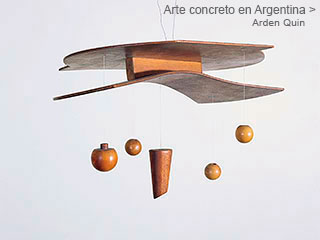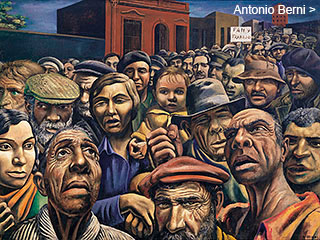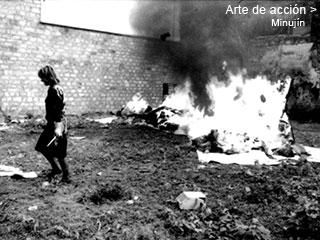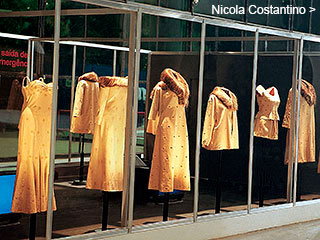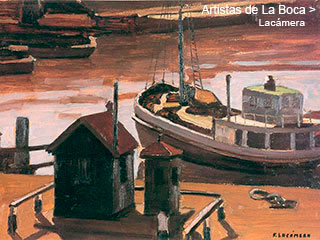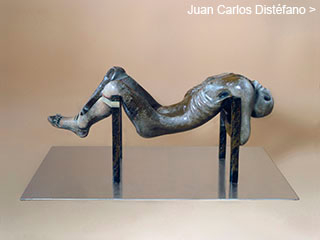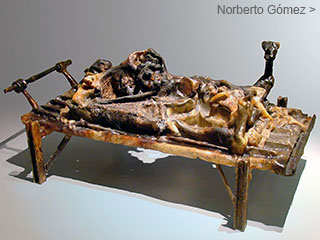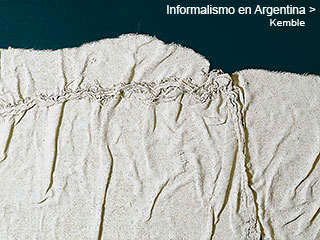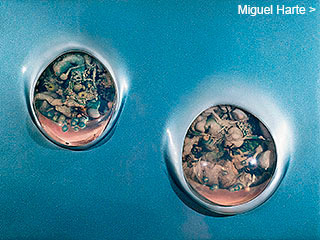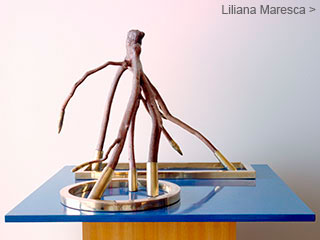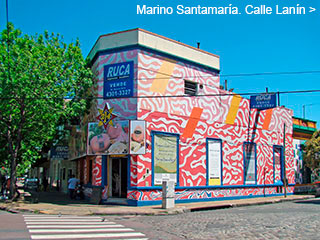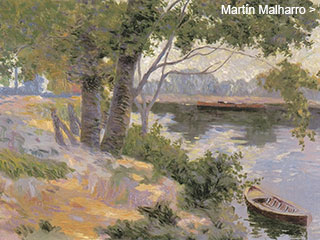Menú
Algunos dossiers
Juan Carlos
Distéfano
Distéfano
by
Adriana Lauria and Enrique Llambías
January 2003
January 2003
The dossier on Juan Carlos Distéfano spans from the time of his beginnings
as a painter to his recent works as a sculptor, a first for the CVAA. It covers
over forty years of his work and his commitment to art and reality. A special section offers a view on his work as a graphic designer, which he carried out mostly at the Di Tella Institute.
as a painter to his recent works as a sculptor, a first for the CVAA. It covers
over forty years of his work and his commitment to art and reality. A special section offers a view on his work as a graphic designer, which he carried out mostly at the Di Tella Institute.
1973
His work The Mute (1973) and his preparatory drawings (1972) from the same work become part of the Museo Nacional de Bellas Artes collection. Elba Pérez says:
“It was no lack of boldness of the members of the Asociación Amigos del Museo Nacional de Bellas Artes to purchase The Mute . The piece represents the torture known as “submarine” which is said to have been invented in the 30’s by the police superintendent Lepoldo Lugones, the son of the homonymous poet. In The Mute, the control of the metaphoric possibilities of the polyester occurs. The overwhelming presence of the work is imposed from the rotundity of the mass, an articulated block in sharp planes. The anatomic and postural distortion is taken to the limit and it is governed by plastic reason only. It is a stiff being, of welded limbs by the pain of the torture; on the back, his arms and fists attached, merge with the spinal column that is projected on the violently contorted face. The clear resin stresses the condition of torture, the water coagulates where he has been submerged. The cold tones and the marble textures complete the testimony given”. 


